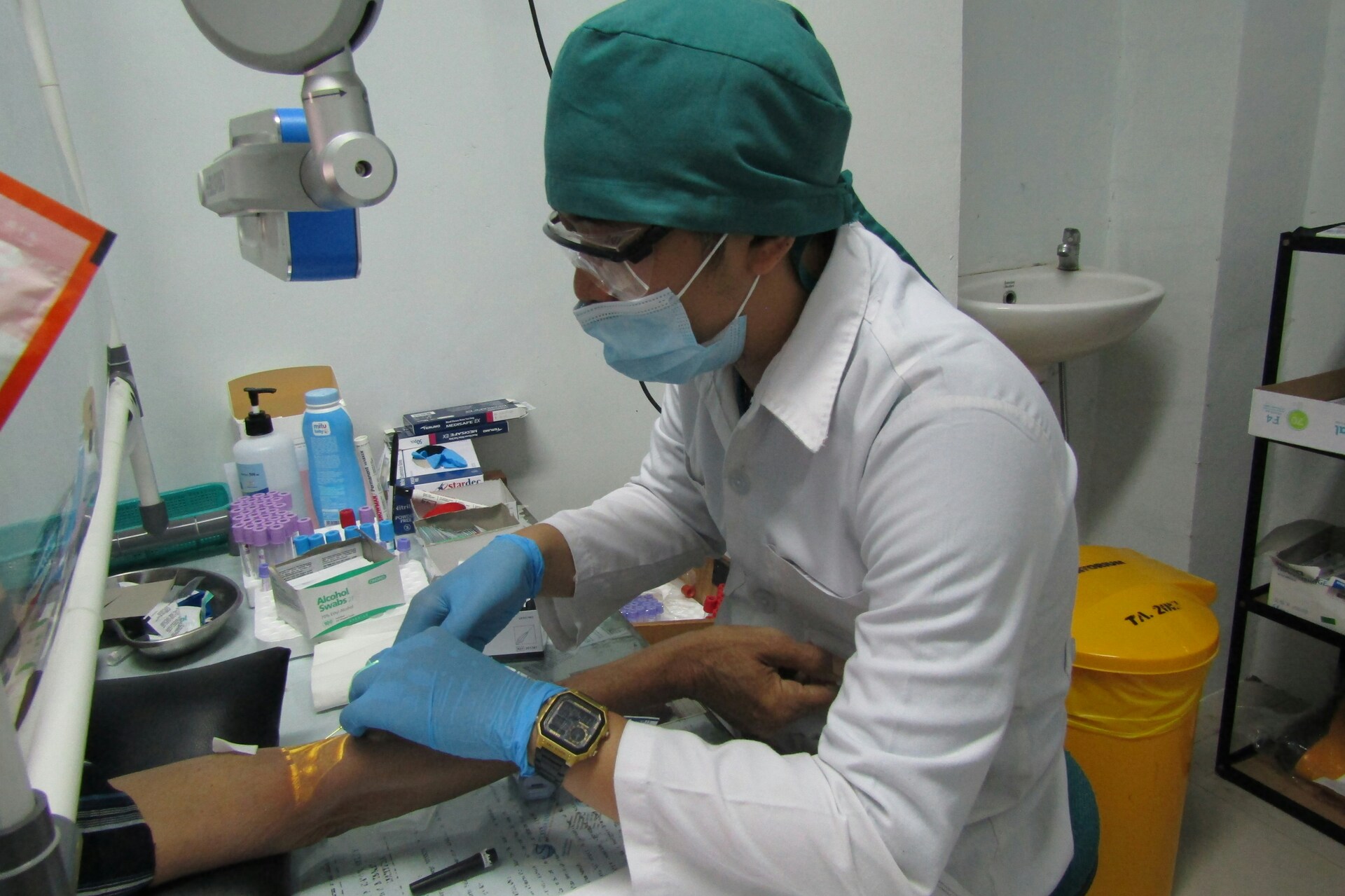The paper aims to provide a portrayal of the current terrorism network in Indonesia after the emergence of ISIS in 2014. It aims to explain the characteristics of demographics vulnerable to radicalization, the key ISIS actors that carry potential threats, and the current state of government counter-terrorism measures. Taking study cases and conclusions from the most recent research on Indonesian terrorism, the paper highlights the importance of what is termed the saturation point, social bonds, and economic incentives as factors that pushes individuals to interact with radical organizations. It also points out key individuals and cells of pro-ISIS terrorist organizations that most effectively take advantage of these factors; including their origin and how they cooperate. The last segment of the paper also provides notes on the lacking of the current Indonesian counter-terrorism; such as the vague division of labor in the National Counter-Terrorism Agency and the anti-terrorism law that is insensitive to pressing issues of online radicalization and ex-terrorist reintegration.












